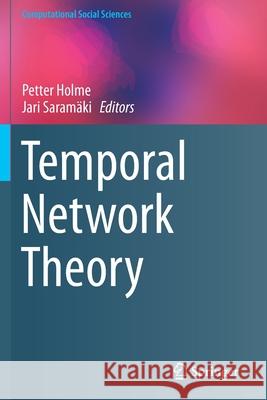Temporal Network Theory » książka
topmenu
Temporal Network Theory
ISBN-13: 9783030234973 / Angielski / Miękka / 2020 / 375 str.
Temporal Network Theory
ISBN-13: 9783030234973 / Angielski / Miękka / 2020 / 375 str.
cena 771,08 zł
(netto: 734,36 VAT: 5%)
Najniższa cena z 30 dni: 765,72 zł
(netto: 734,36 VAT: 5%)
Najniższa cena z 30 dni: 765,72 zł
Termin realizacji zamówienia:
ok. 20 dni roboczych.
ok. 20 dni roboczych.
Darmowa dostawa!
Kategorie BISAC:
Wydawca:
Springer
Seria wydawnicza:
Język:
Angielski
ISBN-13:
9783030234973
Rok wydania:
2020
Wydanie:
2019
Numer serii:
000471981
Ilość stron:
375
Waga:
0.53 kg
Wymiary:
23.39 x 15.6 x 2.01
Oprawa:
Miękka
Wolumenów:
01
Dodatkowe informacje:
Wydanie ilustrowane











